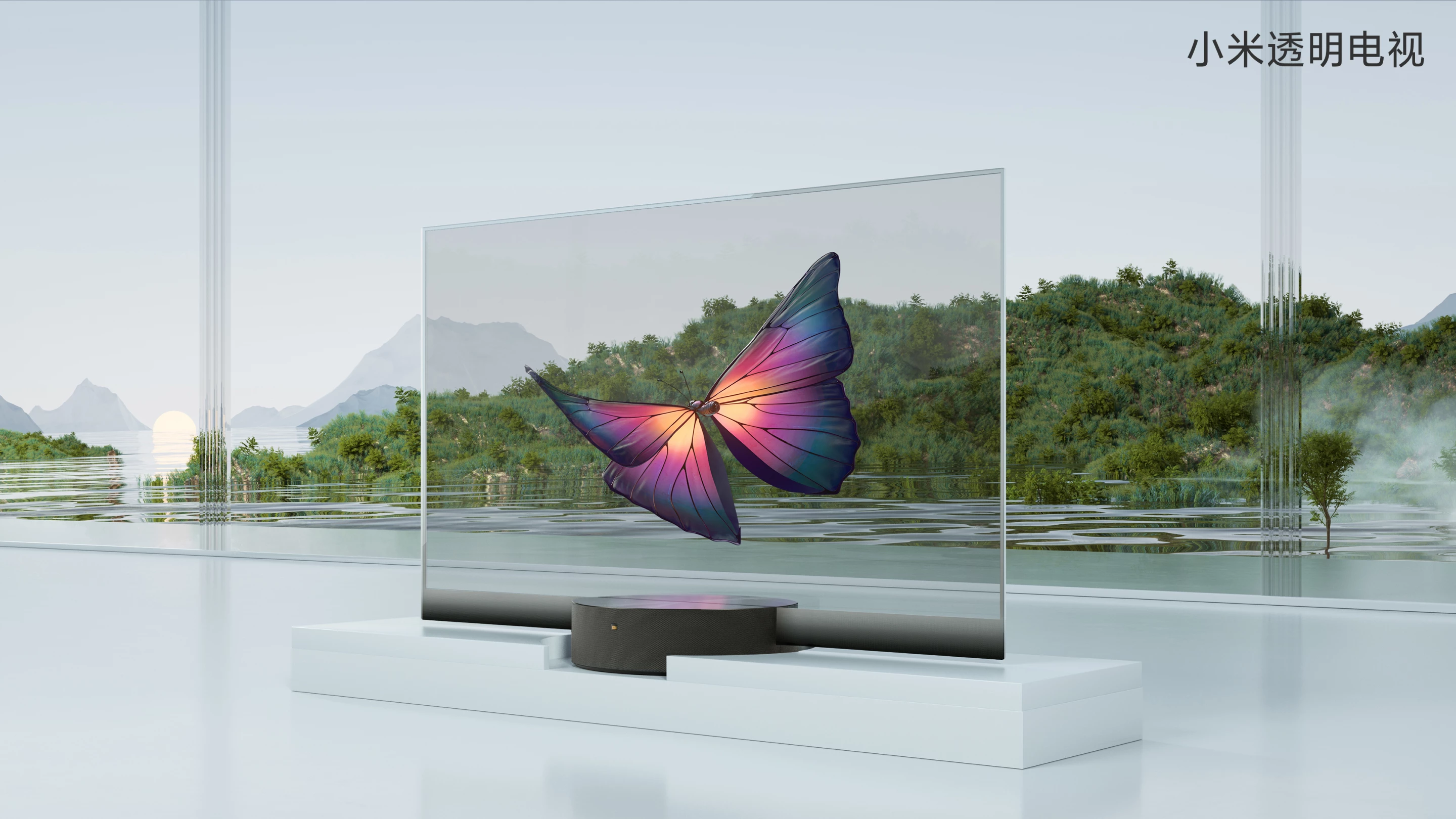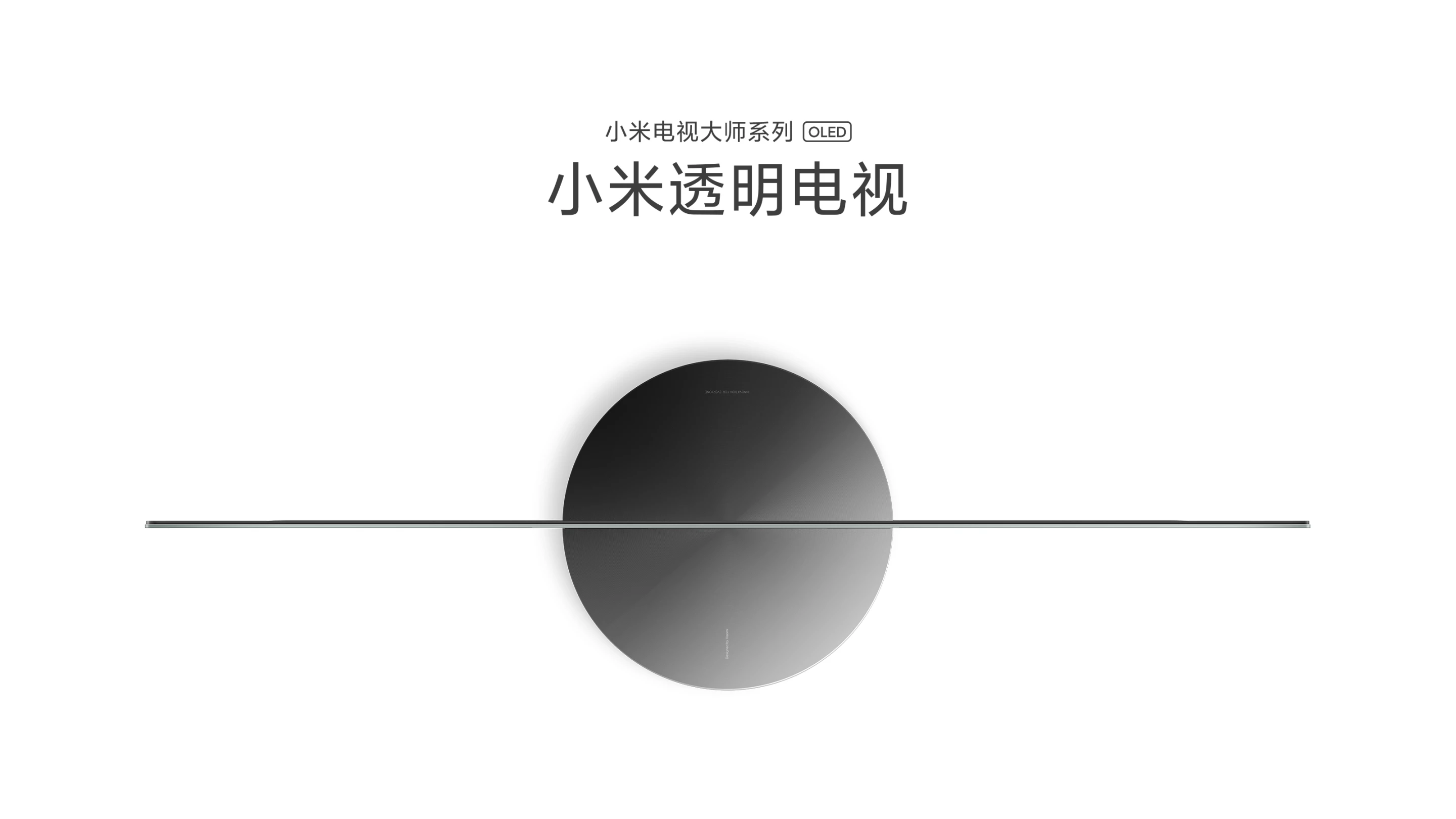China's Xiaomi has launched a new TV as part of the 10th anniversary celebration that also saw the announcement of the Mi 10 Ultra smartphone. The Mi TV Lux Transparent Edition brings sci-fi into the living room with an edge-to-edge self-luminous television that you can see through.
We've seen a few transparent televisions and screens from industry big hitters like Samsung, LG and Panasonic over the years, but Xiaomi says its Mi TV Lux Transparent Edition is the first to go into mass production.
The 55-inch OLED panel is just 5.7-mm thin and sits on a rounded base and, when the TV isn't powered on, the display looks like a window between you and whatever is behind it – though it can be set to show arty display images if desired. But Xiaomi is promising an "unprecedented visual experience" when it's switched on, with "extra rich blacks and unmatched brightness."
Indeed, the reported static contrast ratio is 150,000:1, with an "infinite dynamic contrast" waiting in the wings. The 10-bit panel can display over a billion colors, supports 93 percent of the DCI-P3 color spectrum, boasts a 120-Hz refresh rate and 120-Hz MEMC technology for smooth, clear moving images, and a 1-ms response time for low latency onscreen gaming.

AI Master Smart Engine and custom MediaTek processing brains make use of more than 20 optimization algorithms for image refinement, while AI Master for Audio auto adjusts the sound depending on the content being played, and there's Dolby Atmos support too.
The Mi TV Lux Transparent Edition goes on sale in China on August 16 (there's no mention of international availability as yet) for RMB 49,999 (about US$7,200).
Source: Xiaomi








